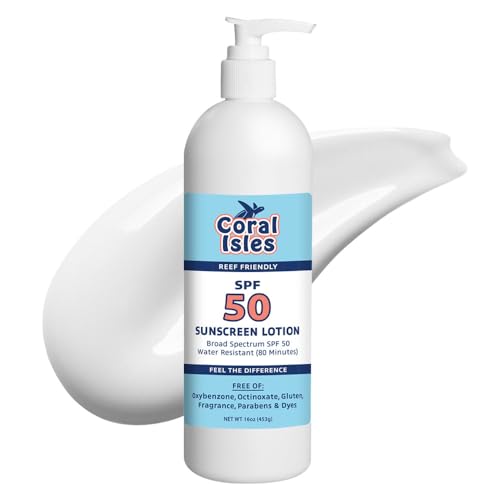Scooterman
Well-known member
All some very good ramblings curt, I think your right about the time we cure rocks one thing to consider is transit these days is probably a little faster causing less time out of the water & dieing off but all the same I think you should qt (cook) rock throughly before using them, one thing mojo always stressed from as far as I can remember & he was particular on this, is his rocks, he took time to pick them of unwanted nasties & cured them well better than most I'd say. I guess some of this we talked back and forth indirectly but this thread recalls what we already know just more focused on the lr. Thanks mojo, MikeS & Curt all very good information, Mojo I really like the way you worded things it opened up other questions, unfortunately I have to go to work ugggg!









![Right Angle Clamp, Housolution [4 PACK] Single Handle 90° Aluminum Alloy Corner Clamp, Right Angle Clip Clamp Tool Woodworking Photo Frame Vise Holder with Adjustable Swing Jaw - Orange](https://m.media-amazon.com/images/I/51mjzFe3pQL._SL500_.jpg)























































